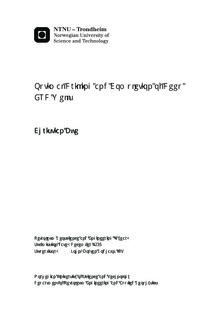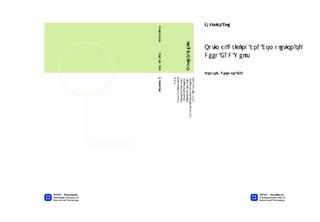| dc.description.abstract | In this Master Thesis well design for deepwater ERD wells have been reviewed. These wells present new challenges for the industry, which creates high demands for well design and materials. The constant push for deeper deepwater wells makes optimization critical. A literature study on deepwater completions has been done.Factors impacting the well design have been investigated through simulations in Landmark s WellCat. The design has been based on Statoil design requirements and APIcalculation theory. A self-built model has been developed to simulate the well performance for a well located in the Gulf of Mexico. The chosen well has a water depth of 2,300m and a reservoir pressure above 1,350 bar (20,000 psi). It is thus classified as a High-Pressure High-Temperature well. The well is designed as an Extended Reach Well.Well design is dependent on several factors, such as: pressure and temperature, production plans (e.g. gas lift), water depth, present formations and their hydrocarbon content. Different requirements exist depending on where in the world the well is located, and for different expectancies for hydrocarbons in the different sections. These factors and requirements influence on well design have been studied. The study showed that the two requirement documents available were not modified for deepwater wells. Gaps in the present technology were identified and, where possible, suggestions for improved performance were made.A WellCat model was implemented to simulate the loads in the given well. A drillabilitystudy was done for the reservoir section. Some parameters were varied to investigate thechanges in the well design. Based on these results a final well design for the given well was found. Two new pipes would have to be made to handle the high pressures in thewell. | nb_NO |

